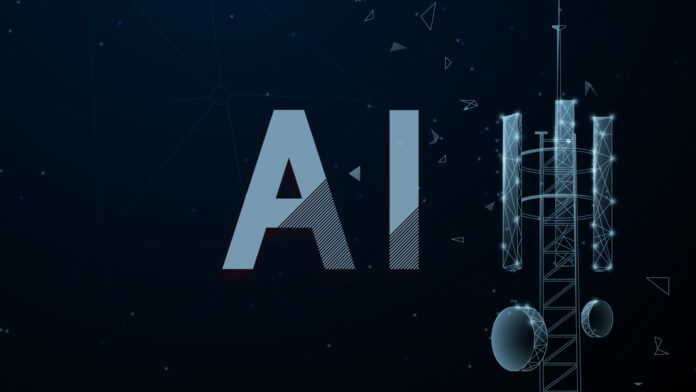According to Dell’Oro, early use cases of AI RAN will center on Distributed RAN, single-purpose deployments and 5G networks
In sum – what to know:
AI RAN momentum – AI-driven RAN solutions will account for nearly one-third of the RAN market by 2029, focusing initially on D-RAN, 5G efficiency and power reduction.
Efficiency over revenue – Operators view AI RAN as a key tool to improve experience and automate networks, though it’s unlikely to reverse stagnant revenue trends.
Global collaboration – The AI-RAN Alliance has topped 100 members, with new joiners like Vodafone aiming to integrate AI with Open RAN and enable edge intelligence.
AI-driven Radio Access Network (AI RAN) solutions are forecast to account for nearly one-third of total RAN investments by 2029, according to a new report from Dell’Oro Group.
The new report forecasts the market for AI RAN will experience a significant expansion in the next five years, crossing the $10 billion mark by the end of the decade. In the short term, however, most deployments will be focused on enhancing performance, optimizing operations and increasing energy efficiency — rather than generating new revenue streams, according to the Dell’Oro new report,
Stefan Pongratz, vice president at Dell’Oro Group, said: “Near-term priorities are more about efficiency gains than new revenue streams, There is strong consensus that AI RAN can improve the user experience, enhance performance, reduce power consumption and play a critical role in the broader automation journey. Unsurprisingly, however, there is greater skepticism about AI’s ability to reverse the flat revenue trajectory that has defined operators throughout the 4G and 5G cycles.”
According to Dell’Oro, early use cases will center on Distributed RAN (D-RAN), single-purpose deployments and 5G networks.
While AI RAN technology is still in its early stages, the market is expected to evolve toward greater integration of virtualization, automation, intelligence and O-RAN architectures. Dell”Oro also highlighted that the existing RAN radio and baseband suppliers are well-positioned in the initial AI-RAN phase, driven primarily by AI-for-RAN upgrades leveraging the existing hardware. Per Dell’Oro Group’s regular RAN coverage, the top five RAN suppliers contributed around 95% of the 2024 RAN revenue.
AI-RAN Alliance crosses 100-member milestone
In related news, and further underlining the momentum behind AI RAN, the AI-RAN Alliance announced it has surpassed 100 members just one year after its launch. The entity brings together companies, academic institutions, research labs, service providers and industry associations from more than 17 countries, with the main goal of accelerating the integration of AI into radio access networks.
Alex Jinsung Choi, chair of the AI-RAN Alliance and principal fellow at SoftBank’s Research Institute of Advanced Technology, said: “We are thrilled by the extraordinary growth of the AI-RAN Alliance. This milestone underscores the global momentum behind advancing AI for RAN, AI and RAN and AI on RAN. Our members are pioneering how artificial intelligence can be deeply embedded into radio access networks — from foundational research to real-world deployment — to create intelligent, adaptive and efficient wireless systems.”
One of the Alliance’s newest members is U.K.-based telco Vodafone, which brings a strong focus on Open RAN (O-RAN) and AI integration.
Francisco Martin, head of Open RAN at Vodafone, stated: “Vodafone is committed to using AI to optimize and enhance the performance of our radio access networks. Running AI and RAN workloads on shared infrastructure boosts efficiency, while integrating AI and generative applications over RAN enables new real-time capabilities at the network edge.”

